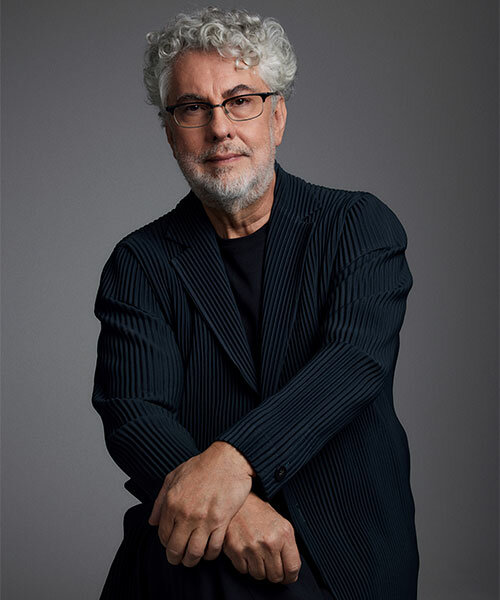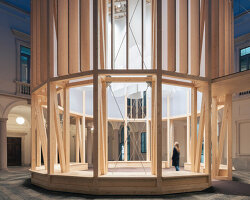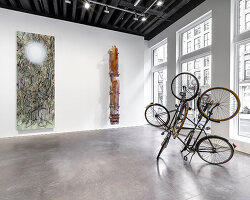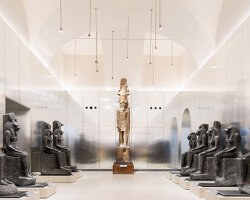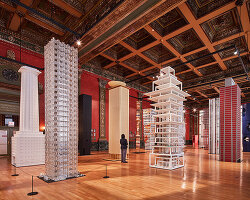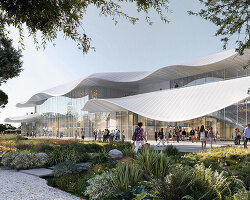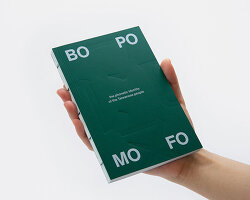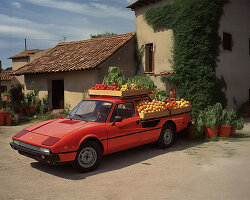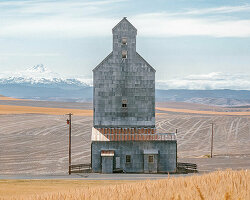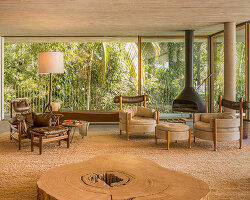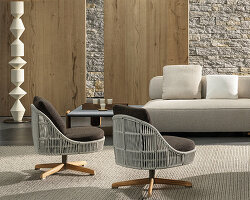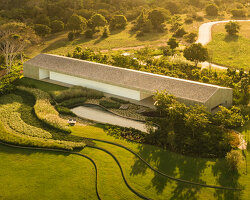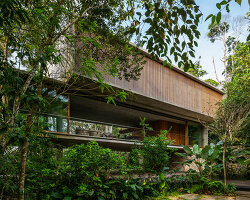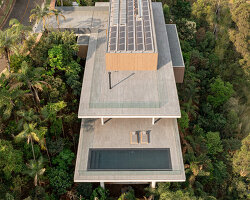‘The Architecture of Studio MK27: Lights, Camera, Action’ by rizzoli
São Paulo-based architecture practice Studio MK27 presents its first monographic volume, published by Rizzoli New York. Titled The Architecture of Studio MK27: Lights, Camera, Action, the book is dedicated to the architectural and design achievements of Brazilian architect Marcio Kogan and his studio. Divided into five sections, the book offers a comprehensive overview of Studio MK27’s work through 27 projects set in diverse global contexts, from urban settings in Brazil and Europe to the Canadian mountains and the Maldives. ‘The five chapters represent MK27’s values, or mantras. The themes are mostly lessons that I learned from cinema,’ lead architect Marcio Kogan tells designboom.
The featured projects showcase the studio’s distinctive approach, blurring the boundaries between built and natural environments, crafting narratives, and shaping spaces with meticulous attention to textures and details. Each chapter’s opening page and the book’s back cover feature hieroglyphs representing the architectural language and grammar that Studio MK27 has developed over the years. To delve deeper into Studio MK27’s cinematic architecture and its new monograph released by Rizzoli, designboom spoke to Marcio Kogan. Read the full interview below.
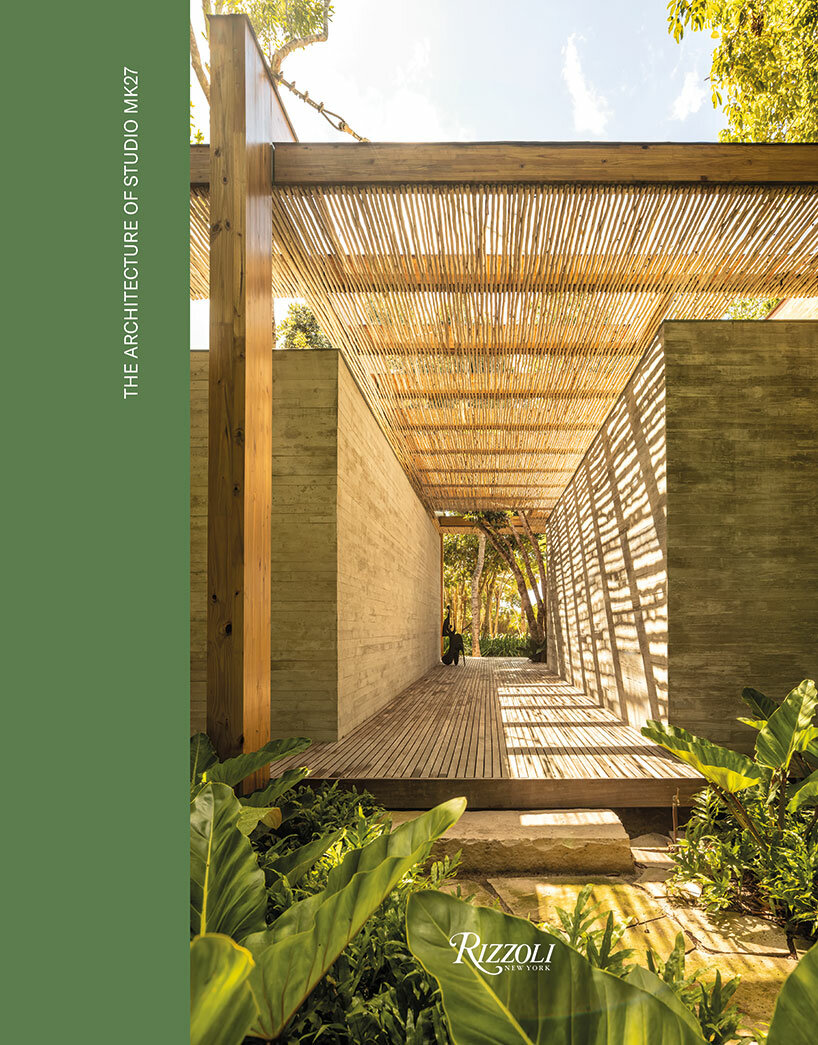
Architecture of Studio MK27: Lights, Camera, Action cover | image courtesy of Rizzoli New York
INTERVIEW WITH MARCIO KOGAN
designboom (DB): How did the idea for ‘The Architecture of Studio MK27. Lights, camera, action’ book come about? What inspired the structure of the book with its five chapters?
Marcio Kogan (MK): We were invited by Rizzoli to publish our first international monograph. I believed it was the moment to do it. The five chapters represent MK27’s values, or mantras. The themes are mostly lessons that I learned from cinema: the continuity between spaces, the storytelling, the importance of light, etc. They also guided us in the selection of the projects that would be presented. Each chapter was written by a thinker who helped to shape our architectural discourse. It is an honor to have talented writers and friends looking at our work.
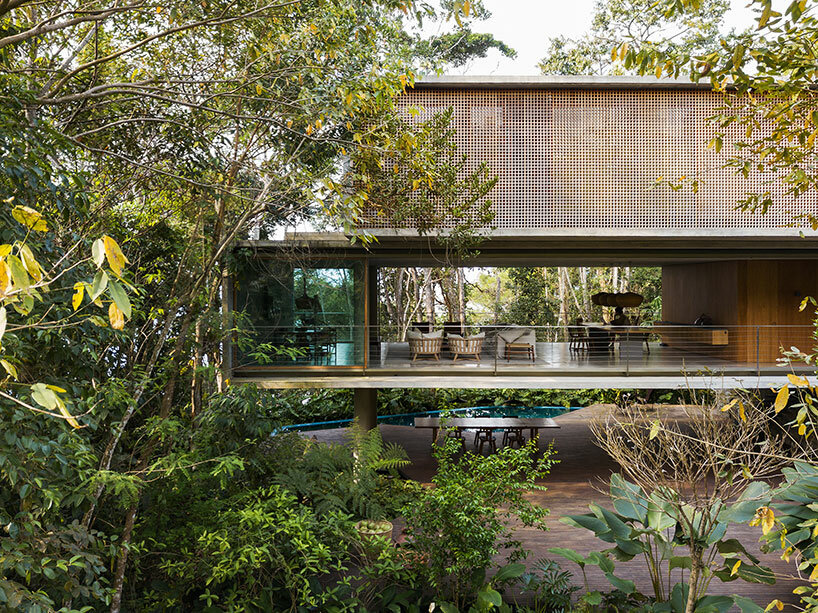
Guarujá, São Paulo, Brazil, Blue House, 2020 | image © André Scarpa
DB: Your projects span various contexts, from urban settings in Brazil to remote locations like the Maldives. How do you adapt your design language to diverse environments while maintaining a cohesive architectural identity?
MK: We have always been affected by the radical force of Brazilian modernism that started at the end of the 30s. From its elegant sobriety to the intense integration between interiors and exteriors, these principles have marked my career in architecture and possibly all the generations that have followed.
We always seek to give maximum importance to the site. How do you get the maximum feeling from the space? How do you integrate the landscape? How can you be delicate with what surrounds you? These are constant concerns for our architects.
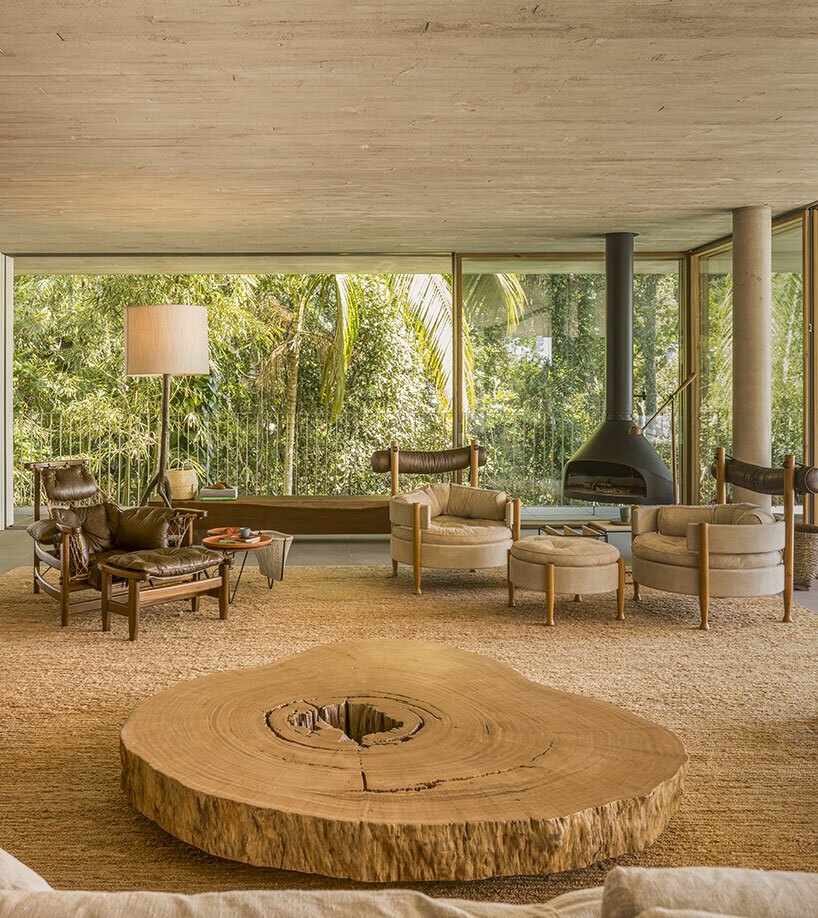
Guarujá, São Paulo, Brazil, Canopy House, 2022 | image © Fernando Guerra
DB: Can you describe the concept of Inside Out in your architectural projects as explored in your recent book? How does this philosophy influence your design approach and the experiences you aim to create for inhabitants?
MK: I especially appreciate this strong integration between the interior and the exterior. In our architecture, there is no difference between interior and exterior. The architecture dilutes itself in the interiors, and the interior spaces are radically part of the architecture. Architectural volumes or finishings belong to the interiors, and vice versa.
In numerous projects, the windows are recessed into the walls, making the space 100% fluid. There is a constant search for the enlargement of spaces. This favors all passive solutions for climatic comfort in warm climates, as it usually leads to spaces with cross ventilation, which is an important lesson from Brazilian modernism. The use of envelopes with different layers also provides filters and shadows when the afternoon sun hits.
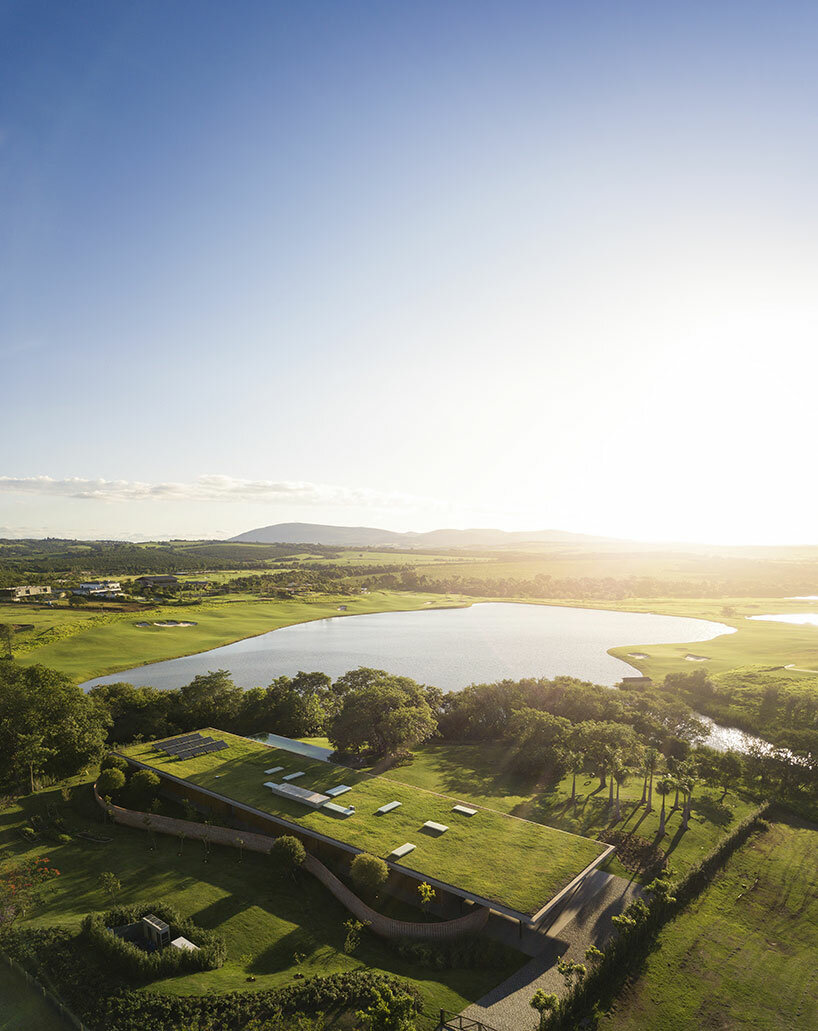
Whistler, Canada, Flag House, 2020 | image © Fernando Guerra
DB: Narratives play a significant role in your projects, influenced by your filmmaking background. How do you incorporate storytelling into your architecture?
MK: I am quite cinematic in the early stages of a project. I always create the person who will live in the space in question. They have a life story—sometimes a man and sometimes a woman, or perhaps some kind of mixture of both.
‘He walks incessantly around the space. He feels the proportions, lowers the height of the ceiling, pushes walls, looks through the window, or simply removes a window from that place. He doesn’t like doors. He goes up and down the stairs and experiments numerous alternatives. He hasn’t yet decided if the stairs will be straight-run or spiral. He goes to the garden that does not exist, looks at the facade, and decides to modify everything again. A dense fog hide the house. He plants a beautiful tree. It’s night-time, and two moons and some shooting stars can be seen crossing the royal blue sky. Four dwarves are playing a sad Romanian song on their violins while sitting on the stones that maybe will be on the surface of the wall that will cross the garden. A beautiful, very beautiful, and elegant young lady stops, stares at nothing, and continues to walk to I don’t know where. In the end, the character is reasonably content with what he has created and falls asleep on an enormous bed, which he has pushed slightly to the right before turning off the light. Fade out.’
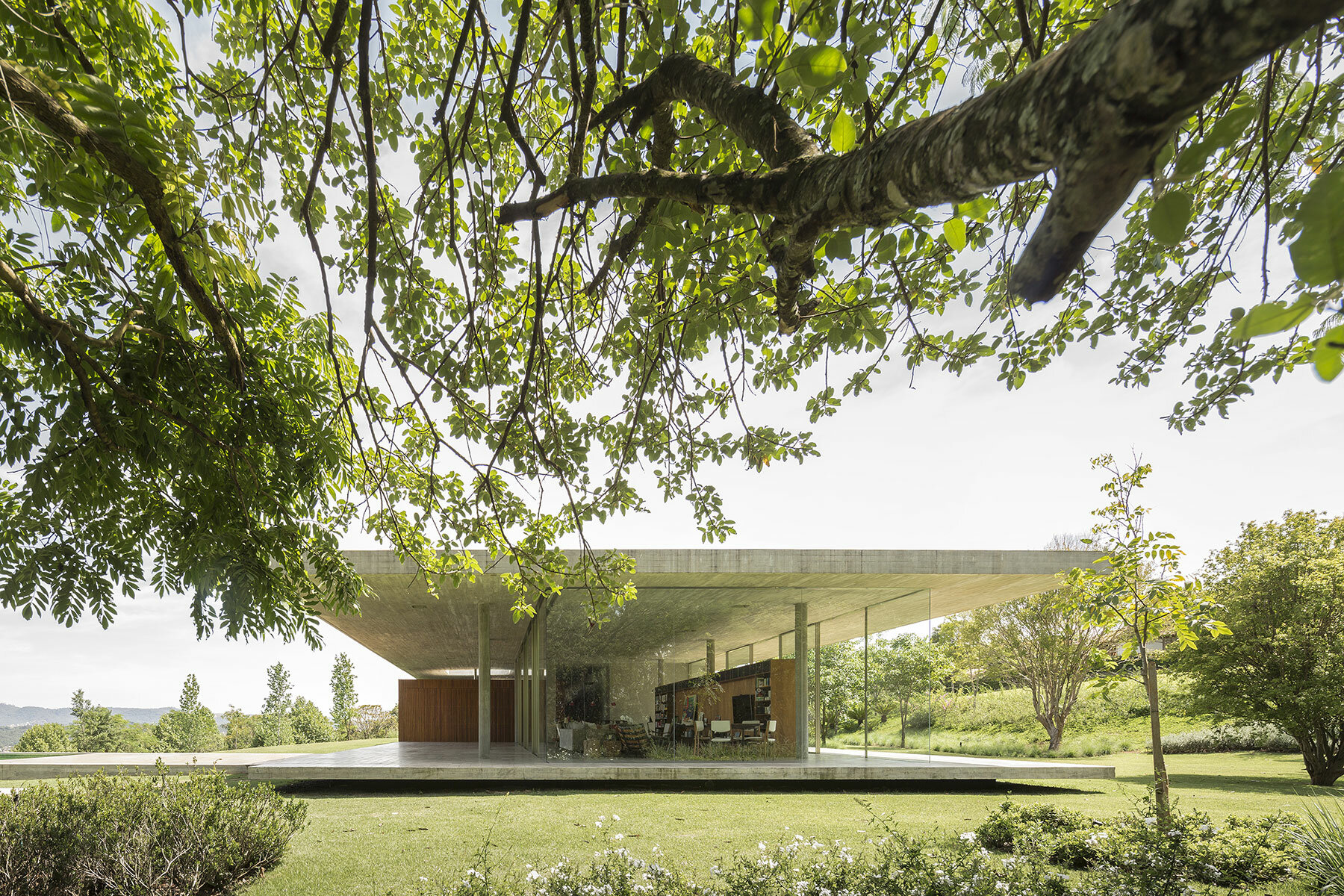
Bragança Paulista, São Paulo, Brazil, Redux House, 2013 | image © Fernando Guerra
DB: Texture is described as a crucial elements in MK27’s architectural works. How do you balance texture to convey meaning while maintaining simplicity in your designs?
MK: In my first projects, I would always use pure, white surfaces to reinforce the shadows and the simple volumes. The projects had a futuristic, aseptic touch. Then, one day, a client introduced himself, saying that he liked my work but that he did not want a white house. That awakened an interest in textures and the exploration of the materials used in the projects.
I designed a house for him in exposed concrete, wood, stucco, pebbles, and rustic stones and I was quite happy with the result: the house is beautiful and it has a pleasant and cozy atmosphere. Since then, Studio MK27’s projects have never been the same. Even when we seek to do something more industrial or aggressive, with the use of metal plates or a profusion of bare concrete, we try to add other layers of material treatment: the concrete has the print of the wooden frame, the metal sheets are waved or perforated with floral motifs, and so forth. It’s what I like to think of as the tactile dimension of architecture, something closer to the human body.
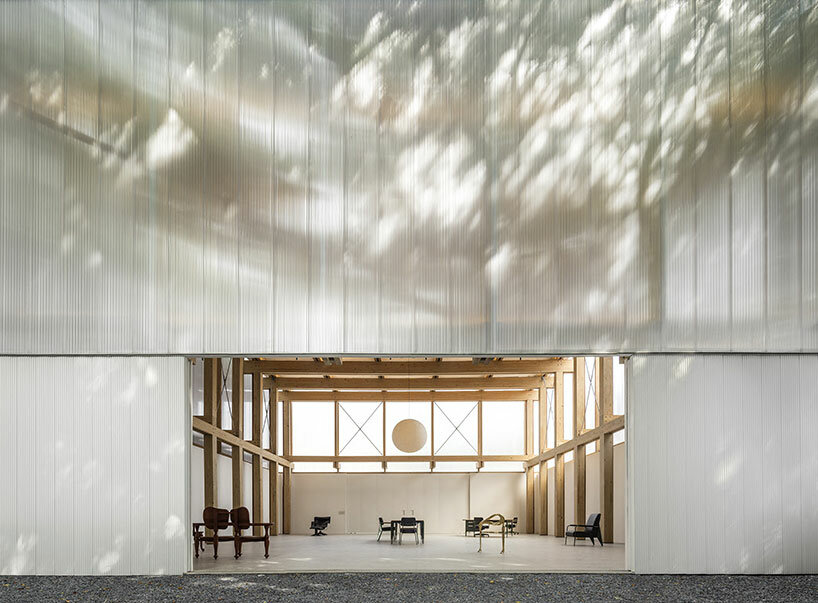
São Paulo, Micasa Volc, 2018, the shadows of surrounding trees are projected onto the facade, bringing the poetic movement of light and nature to the pavilion | image © Fernando Guerra
DB: Collaboration seems to be a key aspect of your practice. Could you discuss the importance of collaboration in your work and how it enriches the creative process?
MK: In Studio MK27, our effort has always been to preserve the excellence of our production through a healthy collective process. All architects effectively participate in the projects, and this is fundamental for the trajectories being rethought every moment. It is not like I am the boss and the team are the architects; it’s a real team effort, a sort of think tank.
The Studio has a profound culture centered around designing and overseeing the project, which borders on sick perfectionism. I suffer from OCD, which makes us work ad aeternum on every project and in every little detail for the final result to be as close to the beginning of it as possible. We actively participate in the entire building process, collaborating with suppliers and consultants in the development of products. Nowadays, I guess my team suffers more from OCD than myself. I like to think that Studio MK27’s architecture represents attention to detail (we give the same importance to a master plan as we do to a door knob) and the effort to create a flawless architecture. This quest for perfection fascinates me.
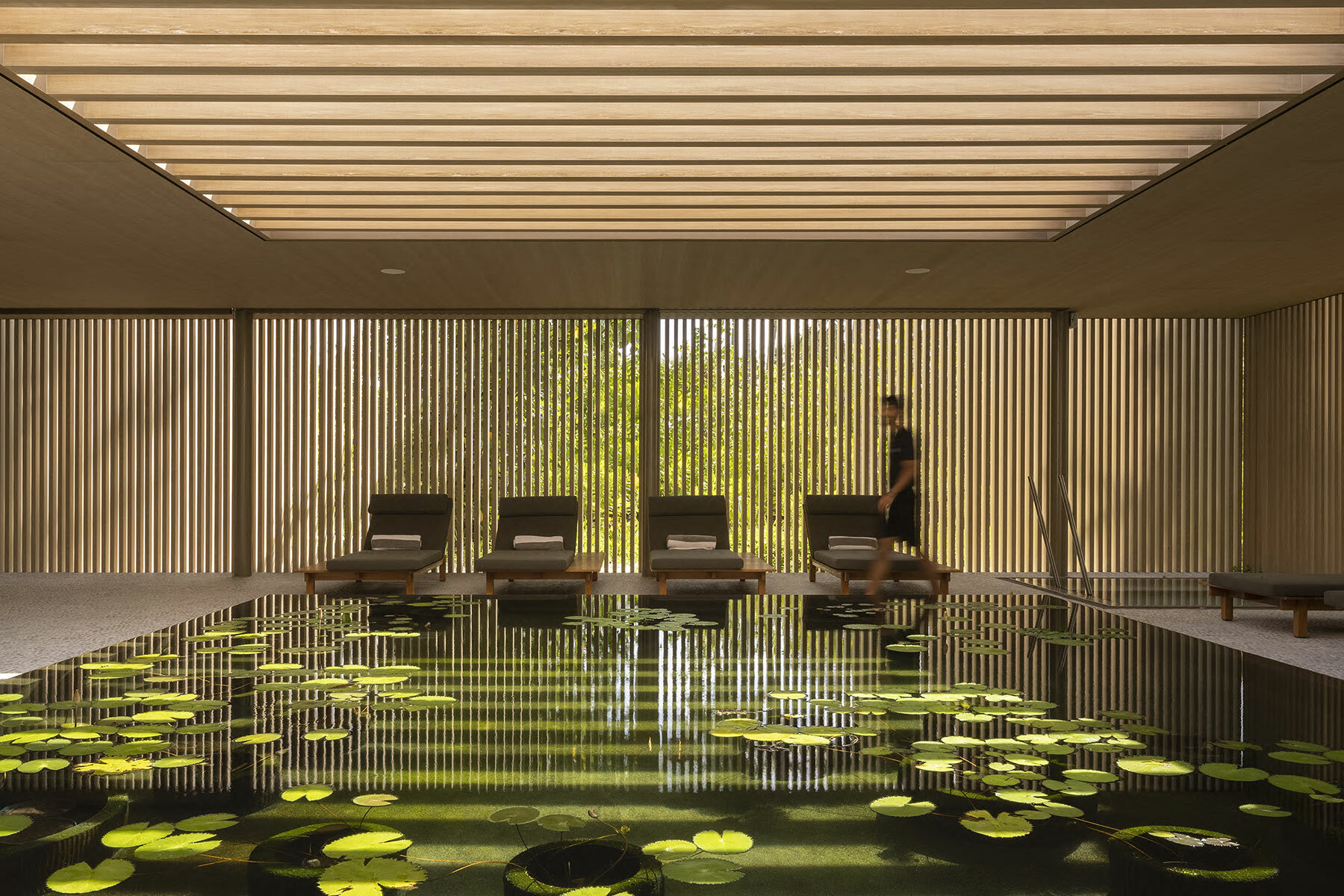
Fari Islands, Patina Maldives, 2021 | image © Fernando Guerra
(MK continued): The pleasure of drawing and detailing is in our DNA. Infinite sheets of paper are drafted for each project. Drawings that look after absolutely everything: from architecture to design, as if it were an airplane project. Therefore, the transition to designing furniture was completely natural. When I take a look at my table and see the book Room 606 by Michael Sheridan, about Arne Jacobsen’s work at SAS Royal Hotel, it strikes me with envy. He drew every little thing, from the teaspoon to the building architecture. I profoundly admire it. I watched a documentary, Dream of Sushi, where sushi chef Jiro Ono said that he made the same sushi every day, for years and years, but always a little better. I can identify with that thought.
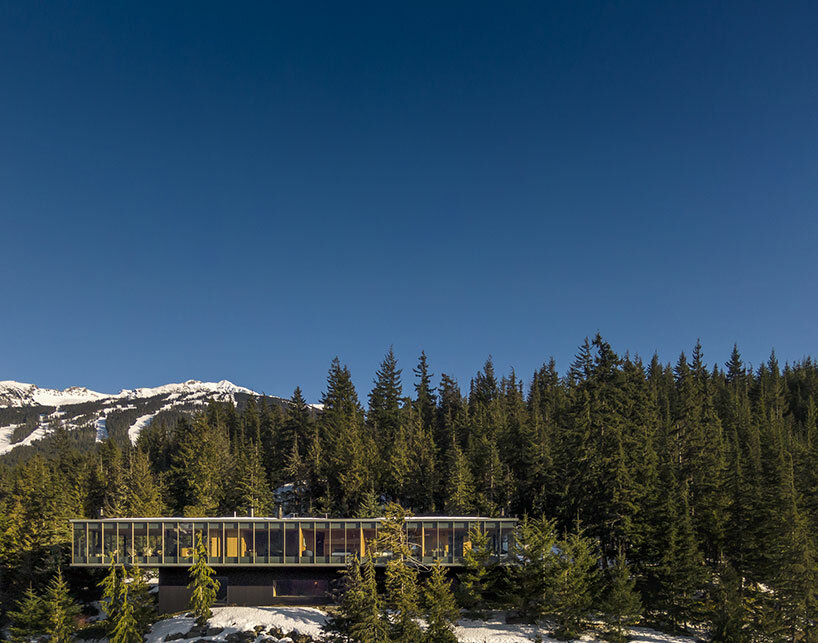
Whistler, Canada, Flag House, 2020 | image © Fernando Guerra
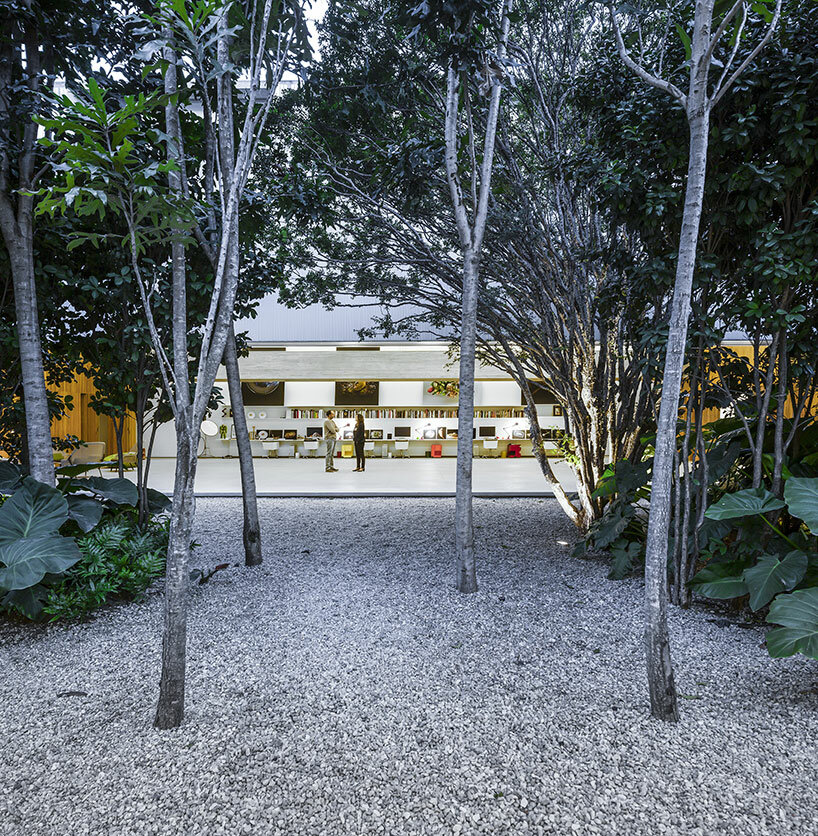
São Paulo, Brazil; Studio SC, 2011 | image © Fernando Guerra
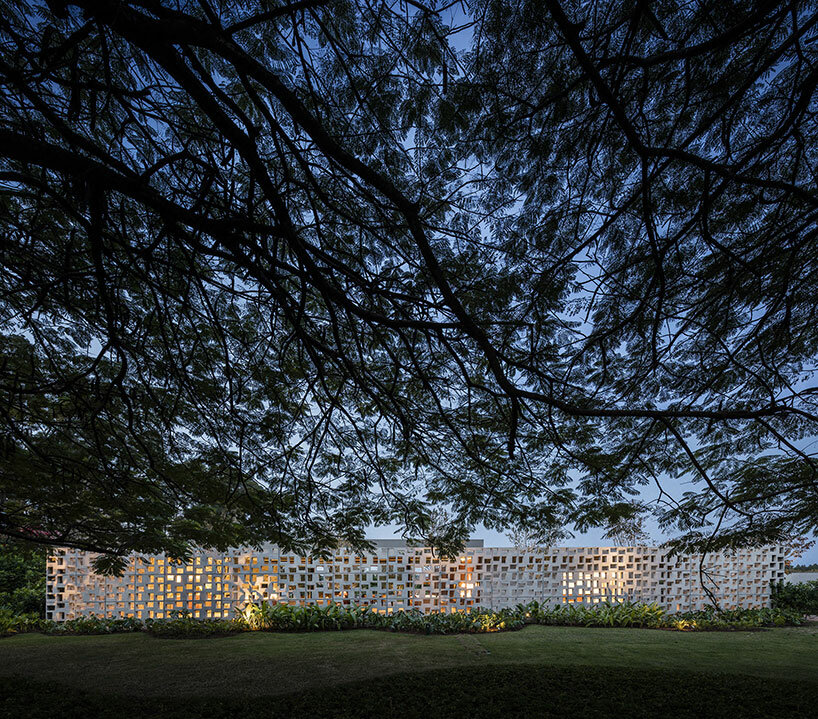
Porto Feliz, São Paulo, Brazil, Pasqua House, 2016. A twenty-seven-meter-long hollow brick wall, made of precast concrete panels, delimits Pasqua House’s plot | image © Fernando Guerra
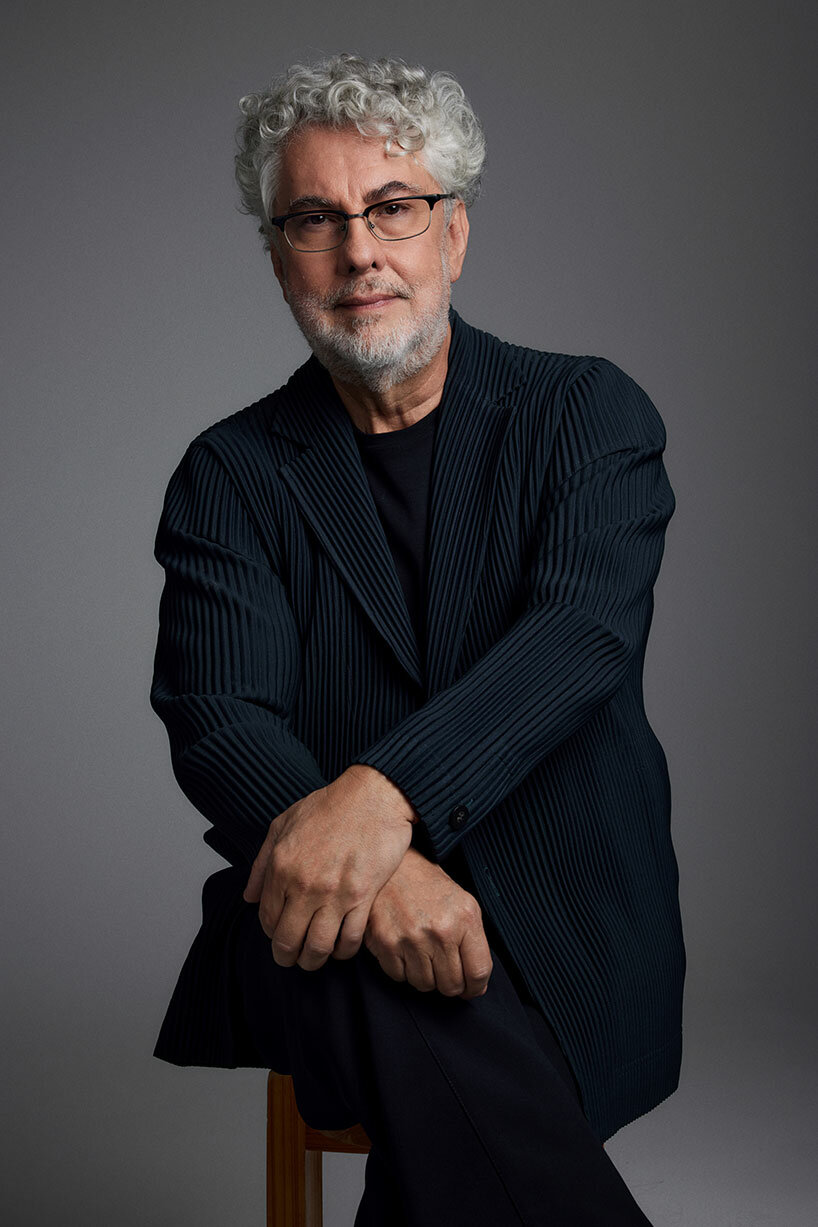
Marcio Kogan | image courtesy of Studio MK27
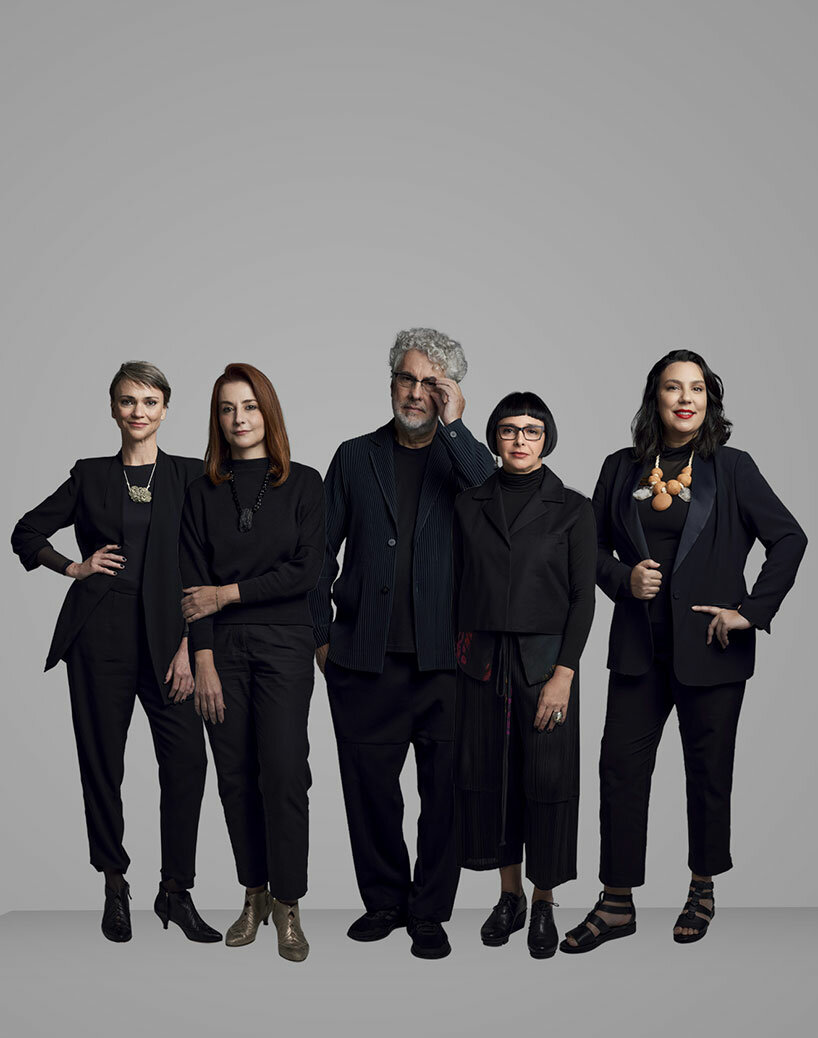
Studio MK27 partners (Marcio Kogan, Diana Radomysler, Renata Furlanetto, Suzana Glogowski, Mariana Simas) | image courtesy of Studio MK27
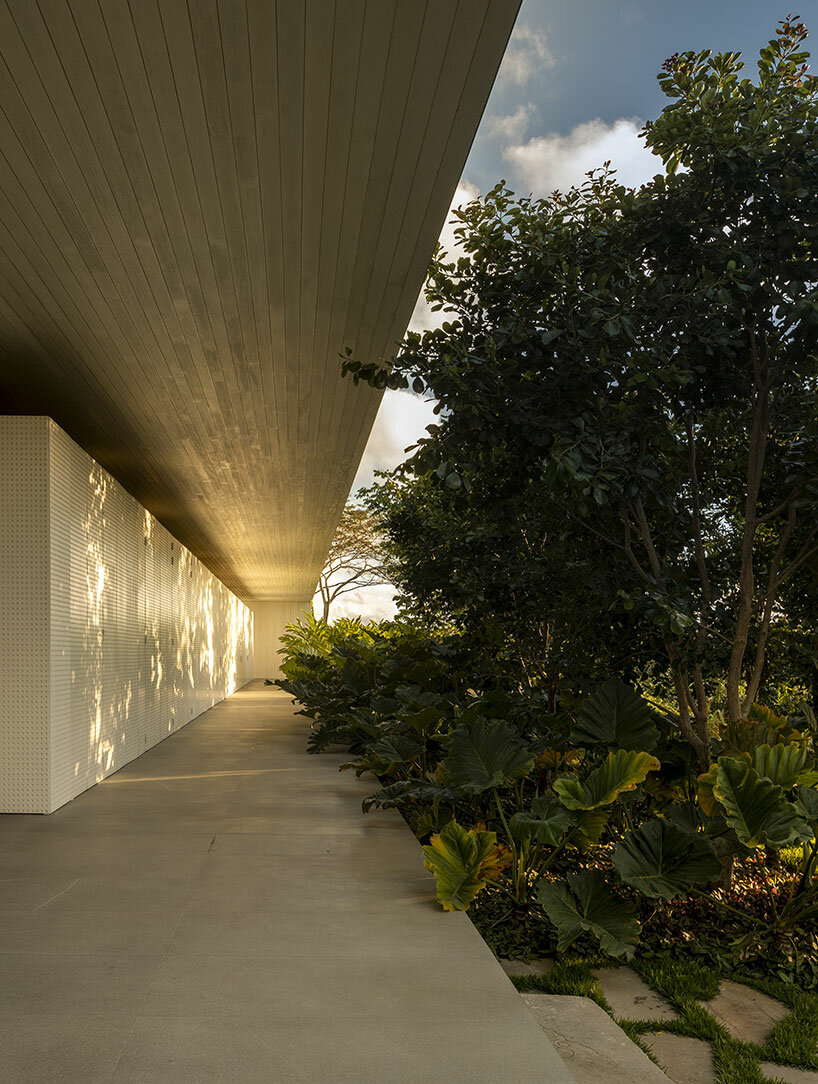
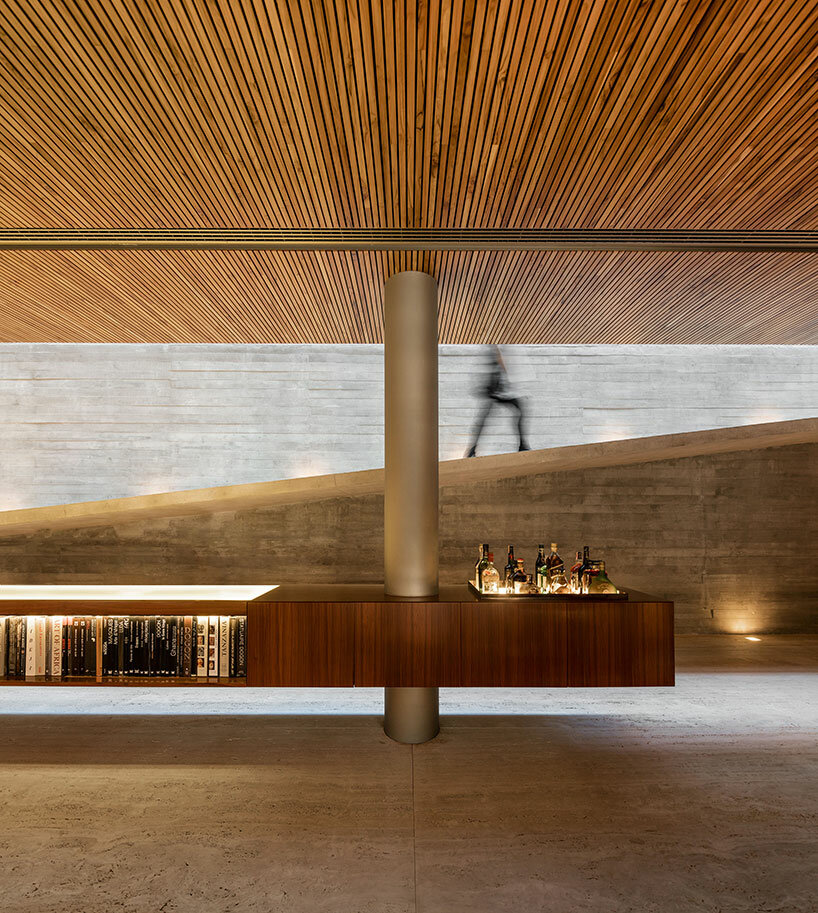
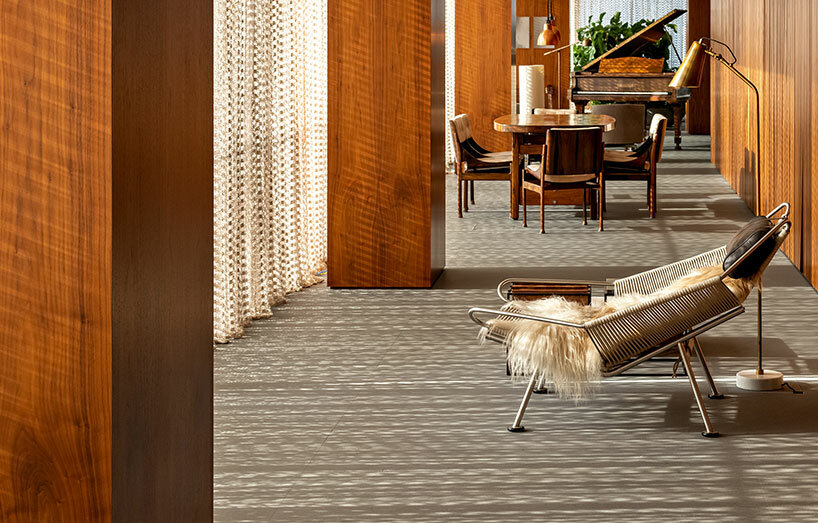
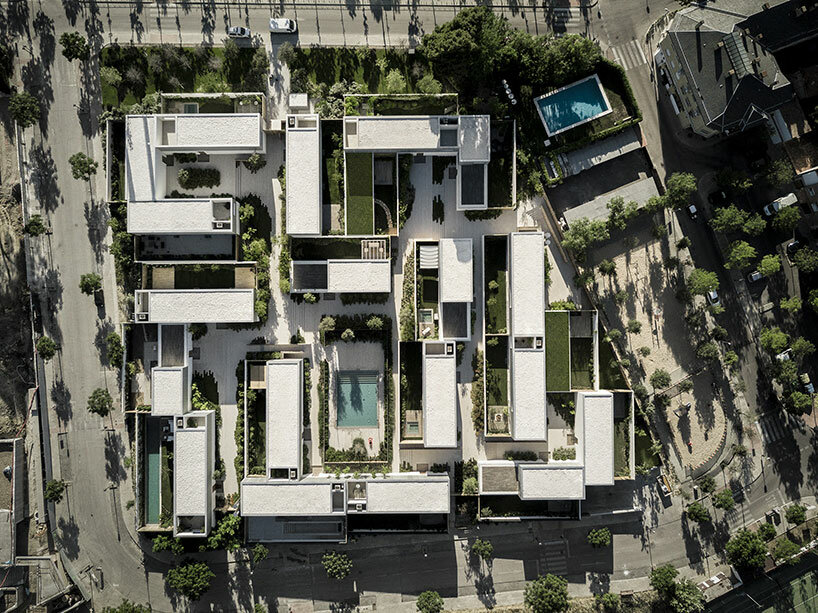
project info:
name: The Architecture of Studio MK27: Lights, Camera, Action
architect: Studio MK27 | @studiomk27
studio partners: Marcio Kogan, Diana Radomysler, Renata Furlanetto, Suzana Glogowski, Mariana Simas
released by: Rizzoli New York | @rizzolibooks
authors: Amy Frearson, Ellie Stathaki, Filippo Bricolo, Gabriel Kogan, Scott Mitchem
architecture interviews (277)
designboom book reports (205)
studio MK27 / marcio kogan (43)
PRODUCT LIBRARY
a diverse digital database that acts as a valuable guide in gaining insight and information about a product directly from the manufacturer, and serves as a rich reference point in developing a project or scheme.
